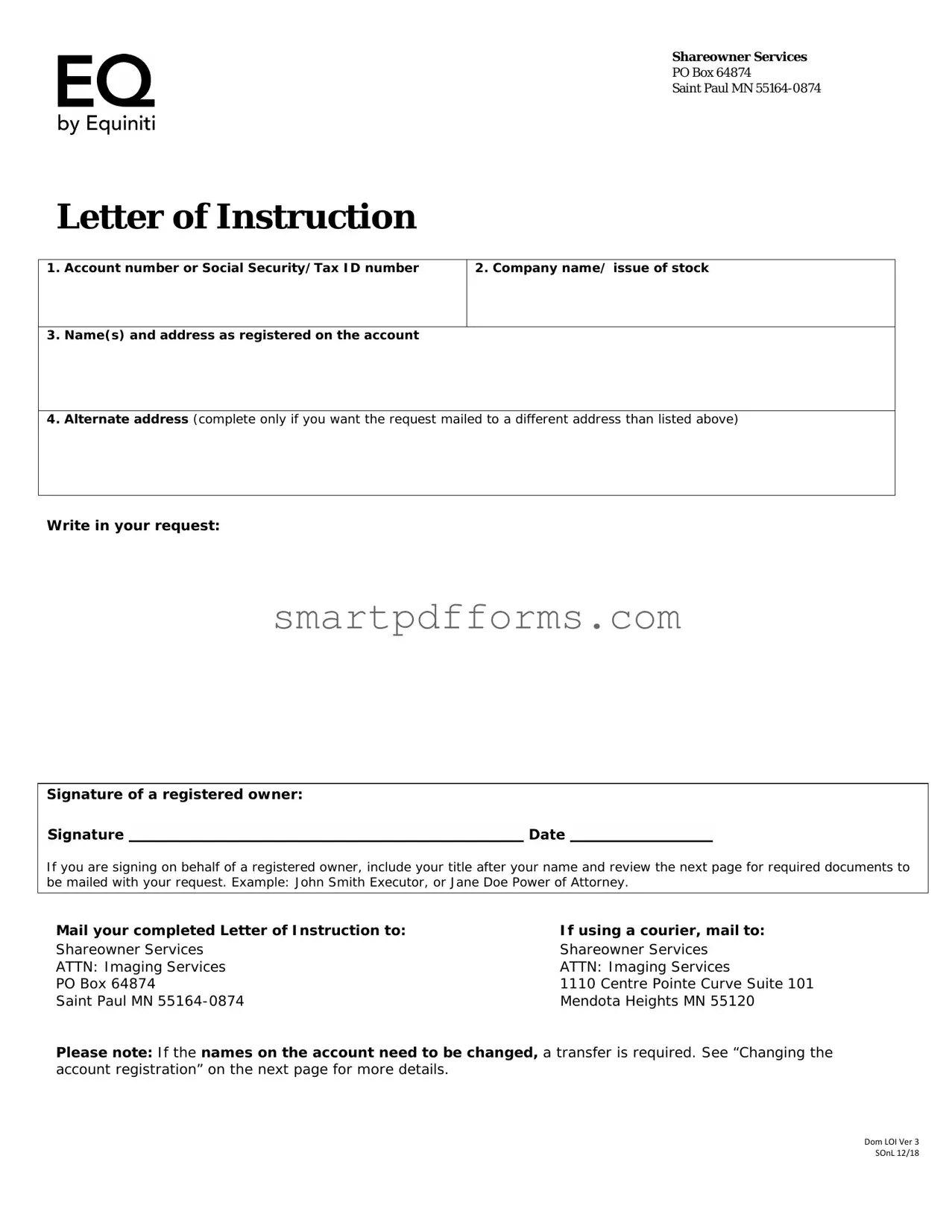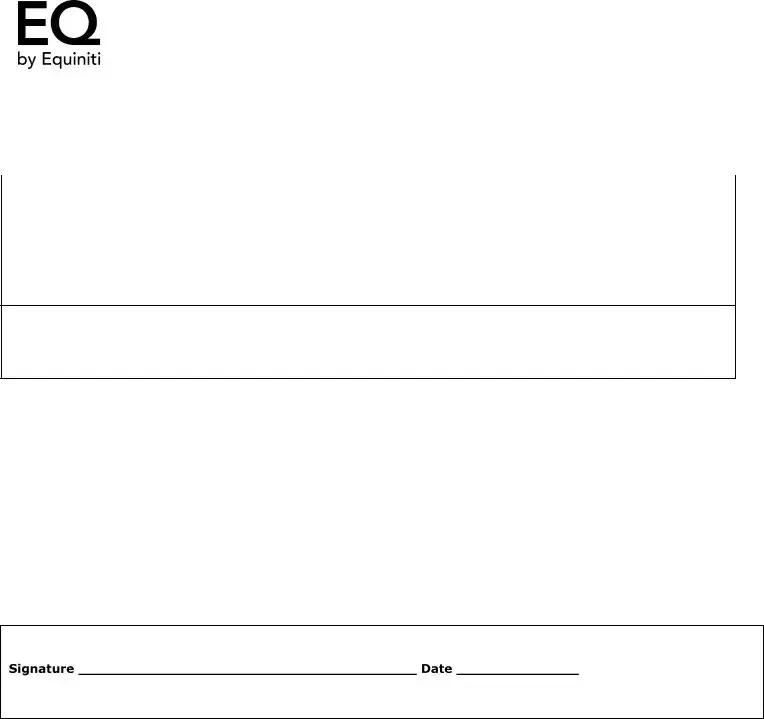Navigating the intricacies of shareowner services and stock transactions requires a clear understanding of the necessary documentation, particularly when dealing with a Letter of Instruction form. This document is crucial for a wide range of requests related to shareowner accounts and serves as a direct line of communication with shareowner services. Located at PO Box 64874 in Saint Paul, MN, the Letter of Instruction form requires specific information to be provided by the account holder, including the account number or Social Security/Tax ID number, the name of the company or issue of stock, and the name(s) and address as registered on the account. An alternate address can also be specified for mailing, if different from the registered address. Signatures play a key role in this process, with the form necessitating the signature of a registered owner or an individual signing on behalf of the owner with an appropriate title such as Executor or Power of Attorney, accompanied by necessary documents based on the signer's authority. The need for additional documents, such as court-certified documents or a Certificate of Fiduciary Authority, varies based on the relationship to the account and the reason for the request, highlighting the form's flexibility and comprehensive nature. Whether it's for changing account registration, transferring stock, or updating account details due to life changes, the Letter of Instruction form is an essential tool for ensuring these processes are completed efficiently and accurately.


